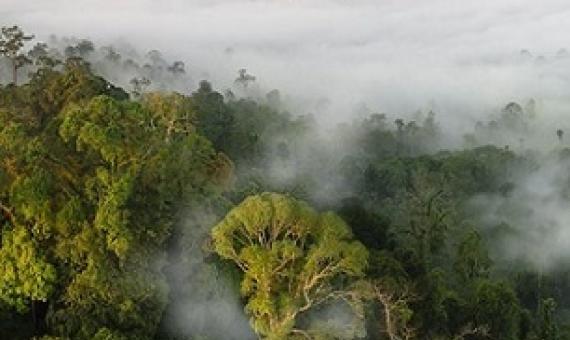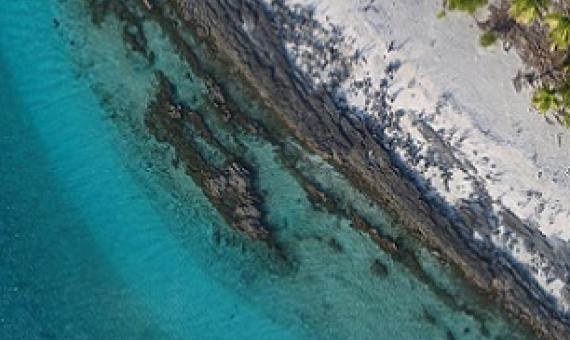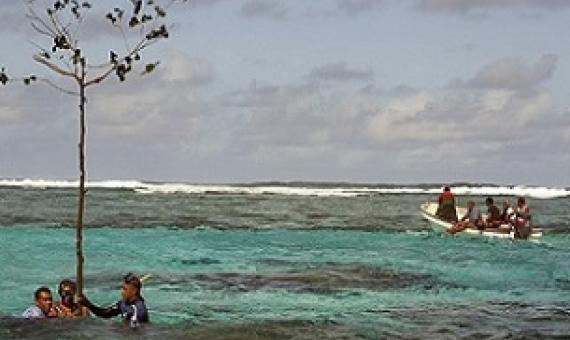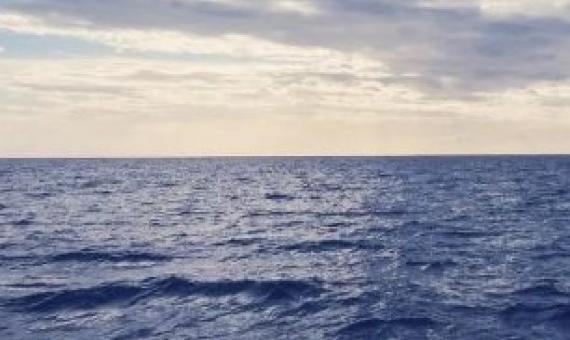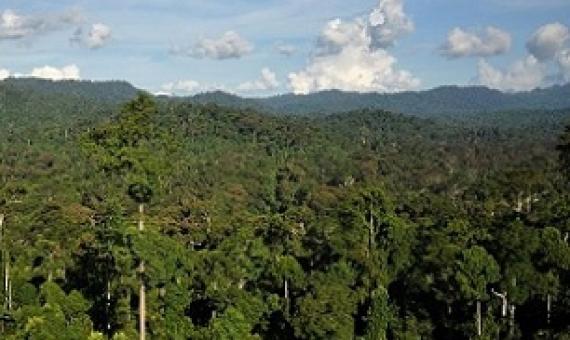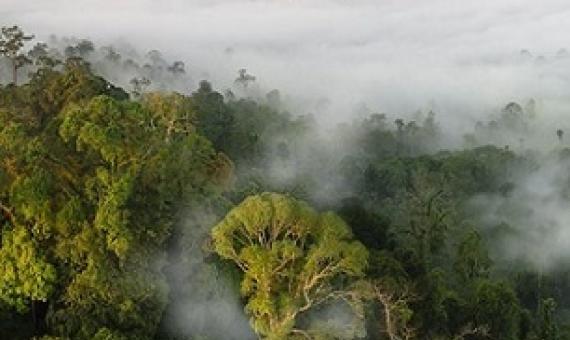A growing global push to safeguard nature by pledging to protect about a third of the planet’s land and oceans by 2030 will fall short unless biodiversity-rich Southeast Asian nations get behind the ambitious proposal, environmentalists have warned...Cambodia is the only Southeast Asian nation to
...members of the International Union for Conservation of Nature (IUCN) will meet at the 2021 World Conservation Congress, which starts Sept.
In July, the U.N. released a draft of the Post-2020 Global Biodiversity Framework, which called for 30% of Earth’s land and sea areas to be conserved. Known as “30 by 30,” the plan has drawn fire from Indigenous rights activists and their allies, who say that it could prompt mass evictions.
For thousands of years, the natural world has allowed human societies to flourish by providing food, water, and materials for shelter and medicine.
CONSERVING AT LEAST 30% OF THE PLANET BY 2030 – What should count?
This brief seeks to bring clarity to the question of what could count toward the 30% global minimum target. within the context of recognized area-based conservation measures and their ability to deliver positive long-term conservation outcomes. It is based on guidance from the International Union for Conservation of Nature (IUCN) and other published sources, and is consistent with decisions of the Conference of the Parties to the Convention on Biological Diversity (CBD).
To conserve global biodiversity, countries must forge equitable alliances that support sustainability in traditional pastoral lands, fisheries-management areas, Indigenous territories and more. Global support is growing for the 30 × 30 movement — a goal to conserve 30% of the planet by 2030.
Currently, less than 3 per cent of the ocean is protected from fishing, mining and other commercial activities. With so little protection, it is perhaps unsurprising that three quarters of fish species are depleted, and shark numbers have declined by 90 per cent over the last few decades.
Nearly a third of the world’s oceans and land should be protected by 2030 to stem extinctions and ensure humanity lives in harmony with nature. That is the suggestion from 195 countries in a proposed United Nations plan to tackle the global destruction of nature.
Eliminating plastic pollution, reducing pesticide use by two-thirds, halving the rate of invasive species introduction and eliminating $500bn (£360bn) of harmful environmental government subsidies a year are among the targets in a new draft of a Paris-style UN agreement on biodiversity loss.
A growing global push to safeguard nature by pledging to protect about a third of the planet’s land and oceans by 2030 will fall short unless biodiversity-rich Southeast Asian nations get behind the ambitious proposal, environmentalists have warned.



